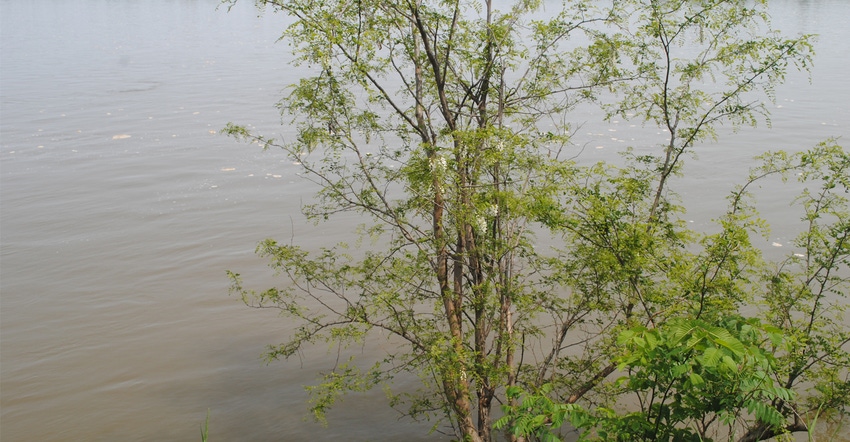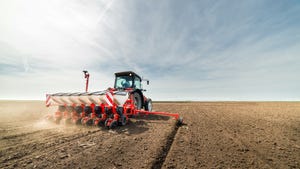
Flooding has become more the norm than the anomaly this season in many parts of the Great Plains and Midwest. Flooding has devastated farms and ranches, crops and livestock, and the families that live and work around the flooded areas. It also has taken a drastic toll on the farmstead forest.
Now that the growing season has completed, it is a good time to inspect flood-affected trees for damage, and to look to a new growing season for replacing trees that didn’t make it through the floods.
If you want to give your woodlands a better chance at surviving flood or high-water events in the future, get the right tree in the right place when you plant trees next spring.
A few common species that experts say tolerate water include box elder, cottonwood, hackberry and willow. Silver maple, river birch, Russian olive, honey locust, quaking aspen, bur oak and eastern arborvitae, among others, can withstand up to three weeks of surface ponding and water-saturated soils in many situations.
But Norway maple, sugar maple, Ohio buckeye, paper birch, black walnut, linden, apples and crabapples are among the species that do not easily tolerate more than a week with water. Evergreens such as junipers, pines and spruces do not like to get their “feet” or roots wet either.
While there are other species that fit into each of these categories depending on regional climate, soil and terrain conditions, we should remember that specific trees may react differently to each unique flooded situation. And there is no doubt that repeated flood events over time put undue stress on trees of any species, health scenario or size.
If you want trees around your farm or ranch, and you plan to plant trees in areas where water is known to pond or wash, it would be prudent to take your time in selecting a tree species that has the best chance of surviving these potentially stressful scenarios. As always, your local certified tree nursery, arborist or forest service staff can be helpful in choosing the right tree for the right location.
For flooded trees of any species to survive, keeping trees as stress-free as possible when floodwaters recede will give the tree a better chance in the long run. This would include removal of any sediment that has accumulated on the soil surface around the tree.
Woodland owners will need to scout for pests and insects and treat, if necessary, to avoid those stressful pressures. Loose bark that has been damaged can be carefully removed with a sharp knife, so the bark is not torn. Dead branches also should be pruned properly.
Landowners need to accept the fact that overcoming flood damage may be impossible in some cases. Floods take their toll on trees, and the stress from flooding could be noticed on affected trees for many years to come. Trees that are dead or trees that were uprooted by floodwaters should be carefully removed by certified arborists or professional tree services.
About the Author(s)
You May Also Like






